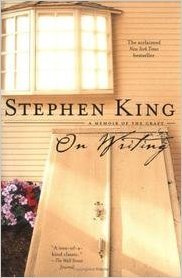
20. On Writing: A Memoir of the Craft by Stephen King (Pocket Books, 2001)
The first third or so of this book was King writing about his early life, and I wish it had all been about him, rather than then turning into his advice on writing, which is intended for beginning writers, I think (“avoid adverbs”). He’s an endearing character. His telling of recovering after being hit by a truck was also compelling. I read a lot of books by King in high school and admire his imagination and the way his inventions have influenced (and continue to influence) our own fears and metaphors (murder clowns, telekinetic teens, haunted hotels, etc), but I can’t say I particularly would want to write like him when it comes down to matters of style. The best advice I remember from this book is to write the first draft “with the door closed,” meaning, not to let anyone else in, to write for yourself in the first round.
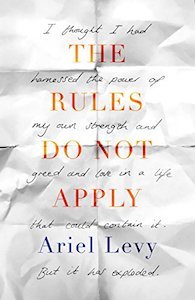
21. The Rules Do Not Apply by Ariel Levy (Hachette, 2017)
A memoir of Levy’s life falling apart – losing her unborn baby, partner and house within a short period of time – and what led her to that point. The book was in part inspired by her devastating and beautiful essay that appeared in the New Yorker, “Thanksgiving in Mongolia.” And maybe she said it all in that essay. While this book provides a lot more context, it doesn’t particularly illuminate more. It was completely gripping, true, (I read it in an afternoon), but I think the rush to get a book out into the world based on the success of the essay forced Levy into a narrative (perhaps by an editor, or perhaps a magazine-reporting approach to memoir), trying to shape the outlines of her life, from childhood into the present, into a tidy story that would be satisfying to a mass audience. The issues she faced and had to reckon with are so big and complicated, but the writing itself doesn’t manifest questions or grief happening. Instead it’s simply stated. I was also troubled with her casting her miscarriage as a sort of divine punishment for putting off motherhood, her unexamined privilege manifest throughout (surprising given the empathy and insight she shows in reporting on other people, particularly women), as well as her unexamined thoughts on her own bisexuality and perspective on gender (again, surprising given how much she writes about these subjects).
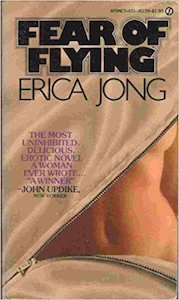
22. Fear of Flying – Erica Jong (Signet, 1974)
I think this is best read as a document of its time, i.e. 1973, otherwise it feels too much like a first book in need of a more rigorous editor. The narrator (thinly disguised Jong, her autobiography lines up pretty exactly with the novel) is delightfully unashamed about her sexual escapades, both good and disappointing, and it was refreshing to witness a female character so obsessed with herself and convinced she was interesting (although she wasn’t always). It’s the kind of gutsiness needed to ignore critics and finish things. On the other hand, there was a bit too much about her family, and the change in tone too drastic, or clumsily handled at times (e.g., veering from defining the “zipless fuck” to reckoning with being in Germany as a Jew not so long after the Holocaust).
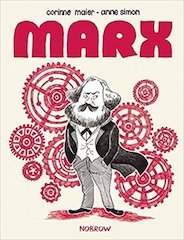
23. Marx – Corinne Maier (author) and Anne Simon (illustrator) (Norrow, 2014)
A slim, graphic novel biography of Karl Marx, for a YA audience (which I didn’t realize when I bought it). The illustrations are fun and witty, the text focused more on Marx’s life than his ideas and their effect on the world, which would have been more interesting, but admittedly that’s a tall order. I didn’t come away with any great insights, though I did learn that Marx was kicked out of a couple of countries.
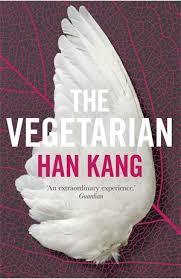
24. The Vegetarian by Han Kang, trans. Deborah Smith (Portobello Books, 2016)
A novella in three parts, translated from Korean, 2016 Booker prize winner. Eerie and unsettling. My favorite part was the description of the art painted on the protagonist’s body – a vivid depiction of flowers and plants painted on a human form and transformed via video – I could see it. That section also raised questions about boundaries in art. Ultimately, though, I didn’t think the author thread the needle between the three sections, and it rather fell off at the end, not in a way that was experimental, but (it seemed to me) because of the absence of a better resolution.
Side note, of interest in terms of literary translation: Controversy followed the Booker win, as the English version was found to be stylistically vastly different from the original Korean: http://www.latimes.com/books/jacketcopy/la-ca-jc-korean-translation-20170922-story.html
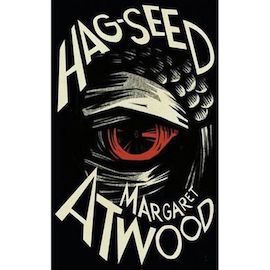
25. Hag-Seed by Margaret Atwood (Hogarth, 2016)
I’m surprised to see Atwood at the bottom of my list (The Handmaid’s Tale is a favorite), but this novel was all too tidy – there was no twist in the plotting. I can see it being useful for teaching The Tempest in a high school setting, and maybe this is the intention, as it’s part of a commissioned series of re-telling of Shakespeare plays. While the revenge set-up using a prison drama program as the setting is intriguing, and Atwood’s ideas for characterization and staging the play were marvelous, the second half didn’t live up to the first, just too pat.

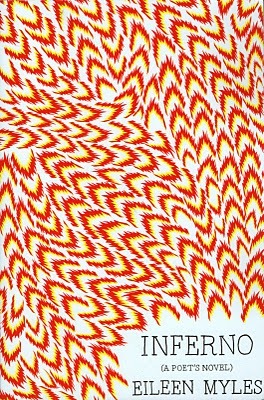 11. Inferno (a poet’s novel) (OR Books, 2010) – Eileen Myles
11. Inferno (a poet’s novel) (OR Books, 2010) – Eileen Myles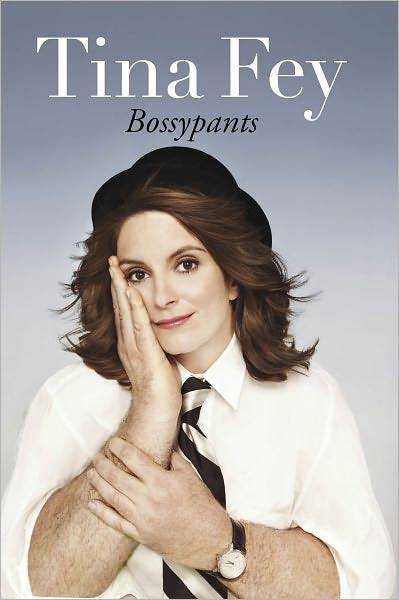 12. Bossypants (Reagan Arthur Books, 2011) – Tina Fey
12. Bossypants (Reagan Arthur Books, 2011) – Tina Fey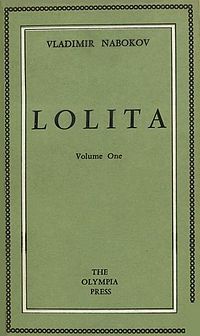 13. Lolita (Vintage, 1989, original published 1955) – Nabokov
13. Lolita (Vintage, 1989, original published 1955) – Nabokov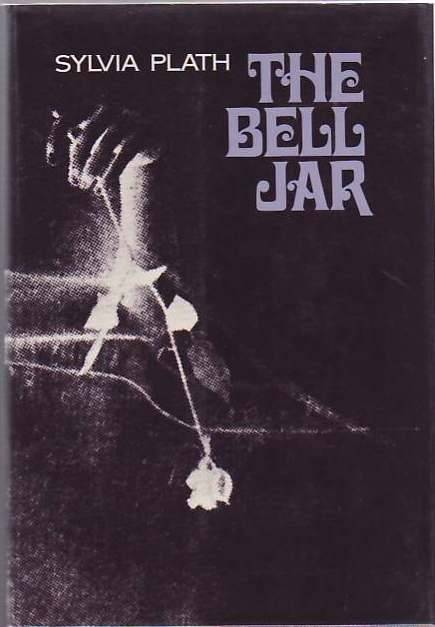 14. The Bell Jar (1971, originally published in England, 1963) – Sylvia Plath
14. The Bell Jar (1971, originally published in England, 1963) – Sylvia Plath 21. The Imperfectionists – Tom Rachman
21. The Imperfectionists – Tom Rachman